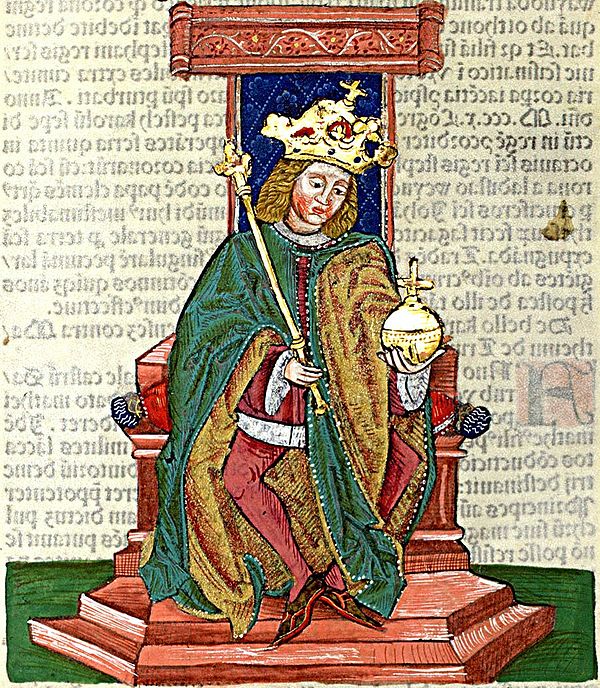
Angevins' Monarchy: Charles I of Hungary
Timișoara, RomaniaCharles came to the Kingdom of Hungary upon the invitation of an influential Croatian lord, Paul Šubić, in August 1300. Andrew III died (the last of Árpád dynasty) on 14 January 1301 , and within four months Charles was crowned king, but with a provisional crown instead of the Holy Crown of Hungary. Most Hungarian noblemen refused to yield to him and elected Wenceslaus of Bohemia king. Charles withdrew to the southern regions of the kingdom. Pope Boniface VIII acknowledged Charles as the lawful king in 1303, but Charles was unable to strengthen his position against his opponent.
Charles won his first decisive victory in the Battle of Rozgony (at present-day Rozhanovce in Slovakia) on 15 June 1312. During the next decade, Charles restored royal power primarily with the assistance of the prelates and lesser noblemen in most regions of the kingdom. After the death of the most powerful oligarch, Matthew Csák, in 1321, Charles became the undisputed ruler of the whole kingdom, with the exception of Croatia where local noblemen were able to preserve their autonomous status. He was not able to hinder the development of Wallachia into an independent principality after his defeat in the Battle of Posada in 1330.
Charles rarely made perpetual land grants, instead introduced a system of "office fiefs", whereby his officials enjoyed significant revenues, but only for the time they held a royal office, which ensured their loyalty. In the second half of his reign, Charles did not hold Diets and administered his kingdom with absolute power. He established the Order of Saint George, which was the first secular order of knights. He promoted the opening of new gold mines, which made Hungary the largest producer of gold in Europe. The first Hungarian gold coins were minted during his reign. At the congress of Visegrád in 1335, he mediated a reconciliation between two neighboring monarchs, John of Bohemia and Casimir III of Poland. Treaties signed at the same congress also contributed to the development of new commercial routes linking Hungary with Western Europe. Charles's efforts to reunite Hungary, together with his administrative and economic reforms, established the basis for the achievements of his successor, Louis the Great.
